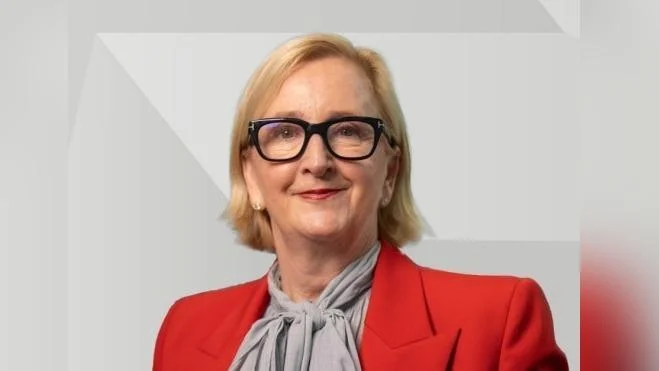New customers at National Australia Bank (NAB) will now be required to take a selfie when opening an account or product online, as part of the bank’s latest effort to combat fraud and scams.
The new process aims to strengthen identity verification and prevent criminals from using stolen documents to open fraudulent accounts. Chris Sheehan, NAB Executive, Group Investigations and former Australian Federal Police executive, said, “This is about making sure the person opening the account is who they say they are — and stopping fraud at the front door.”
NAB tested the selfie onboarding experience with a small group of new customers. When fake or fraudulent documentation was detected during the pilot, applications were sent to a specialist team for further review. This practice will continue as the process is expanded.
The initiative will start rolling out in September across select products, with plans for broader implementation over time. The process requires new customers opening an account online to take a selfie, scan their identification document such as a driver’s license or passport, and use their mobile phone camera to match their face with their ID.
The technology behind this system relies on biometrics, which is already used in other sectors such as passport and driver’s license applications in New South Wales and Victoria.
Customer privacy remains central to NAB’s approach. Selfies collected during verification are managed according to NAB’s privacy and data policies, consistent with how other verification documents are handled.
For those unable or unwilling to use the digital process, alternatives remain available. Customers can visit a branch or may complete verification over the phone. NAB worked with Accessibility Australia to ensure that the digital onboarding process is accessible and inclusive.
This biometric verification step is part of several initiatives by NAB designed to reduce fraud and scam risks for its customers. Other measures include removing links from text messages sent by NAB, introducing payment alerts in digital banking services, increasing barriers against criminal infiltration of legitimate bank communications channels, blocking certain cryptocurrency transactions associated with higher scam rates, and implementing ‘Confirmation of Payee’ technology for verifying account details.
“Stopping scams takes a whole-of-ecosystem response,” said Mr Sheehan. “We’re helping Australians understand the red flags they need to look out for and working closely with other Banks, telcos, digital platforms, government to stop the crime in the first place.”

